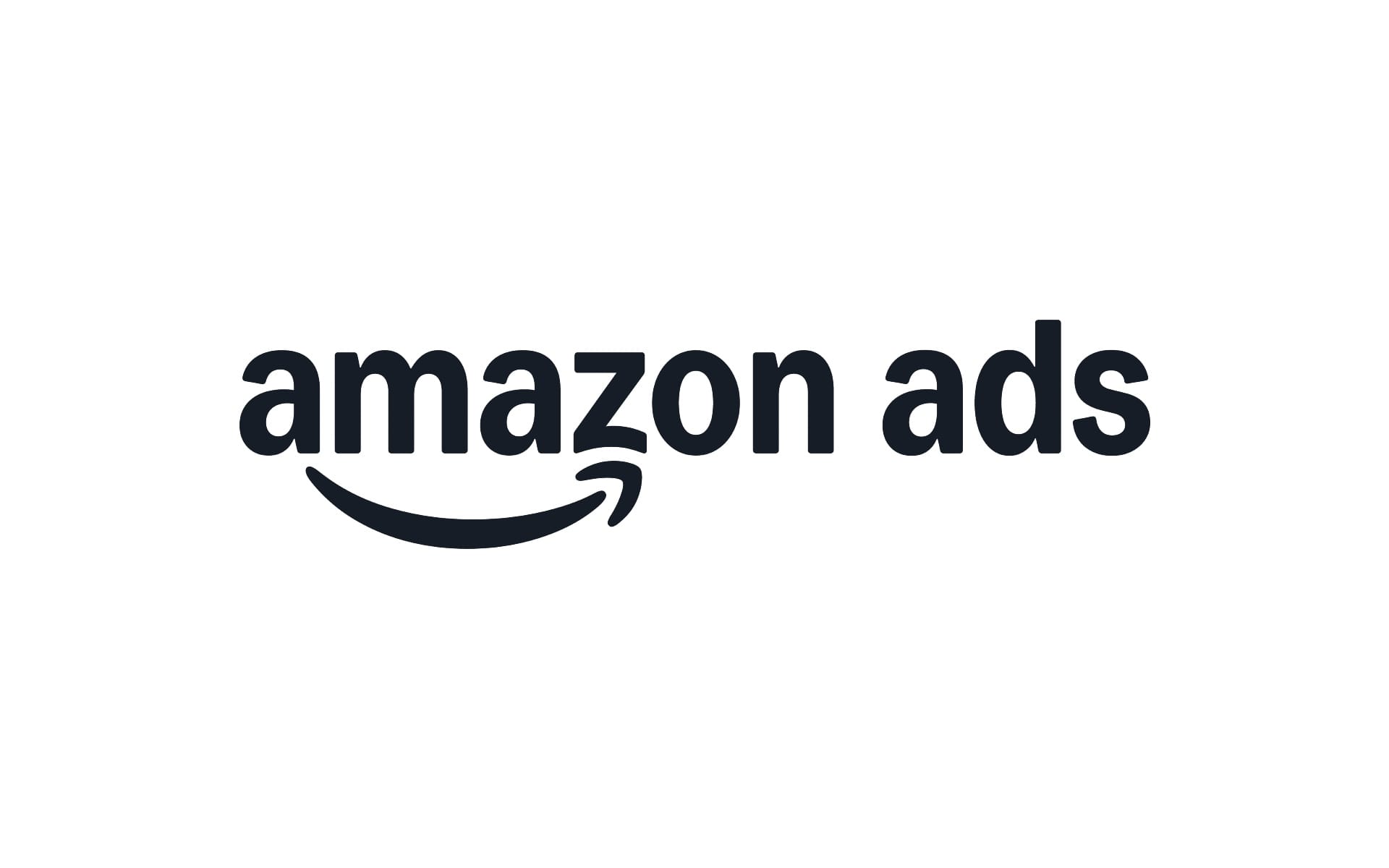Amazon DSP launches brand suitability settings in open beta
Amazon DSP advertisers can now adjust brand suitability settings at advertiser and ad-group levels through API, expanding beyond Twitch to third-party inventory.

Amazon announced on November 18, 2025 that brand suitability settings for Amazon DSP have entered open beta, allowing DSP advertisers to adjust both advertiser-level and ad-group level brand suitability settings via the API.
The new functionality introduces the brandSafetyTierInheritedSettingDetails setting for advertiser-level controls and the brandSafetyTierTarget setting for ad-group level targeting. The feature is already live for Twitch and now expanding to third-party web and mobile inventory, though currently, only Display and Video media types are supported.
Technical implementation details
For advertiser-level brand suitability settings, advertisers can reference the new brandSafetyTierInheritedSettingDetails setting in the DSP inherited settings API specs. For ad-group level targeting, the new brandSafetyTierTarget setting appears in both the campaign management API spec and the DSP targets API spec.
Brand suitability controls complement existing brand safety measures by allowing advertisers to customize ad placements based on brand values and risk tolerance. Brand safety represents the baseline protections that Amazon DSP provides against inappropriate content, with all supply providers required to comply with inventory policies by filtering inventory containing disallowed content.
Reporting capabilities
Reporting details are available through Brand suitability reports, enabling advertisers to monitor placement performance against their brand suitability preferences.
Amazon DSP implements brand suitability measures on a best-effort basis, though content classification errors, language support constraints, and dynamic content changes may occasionally result in misaligned ad placements.
Why brand suitability matters for advertisers
Brand suitability represents an evolution beyond basic brand safety protections. While brand safety establishes baseline filters against inappropriate content, brand suitability enables advertisers to align campaigns with specific brand values and campaign objectives.
The programmatic advertising industry has increasingly prioritized contextual relevance as third-party cookie deprecation accelerates. Amazon's implementation follows similar brand safety expansions from Google's Demand Gen and Video campaigns, reflecting broader industry movement toward giving advertisers granular control over ad placement contexts.
The API-first approach allows programmatic buyers and agencies managing multiple advertiser accounts to implement brand suitability standards at scale, rather than configuring settings manually through the Amazon DSP console.
Buy ads on PPC Land. PPC Land has standard and native ad formats via major DSPs and ad platforms like Google Ads. Via an auction CPM, you can reach industry professionals.
Timeline
- November 2025: Amazon DSP brand suitability settings enter open beta
- November 2025: Feature already live for Twitch inventory
- November 2025: Expansion to third-party web and mobile inventory begins
- Amazon maintains a DSP brand safety and suitability roadmap for future developments
Related Amazon DSP developments
Amazon has expanded brand safety tooling throughout 2024-2025, including third-party pre-bid targeting controls and domain inheritance capabilities. The platform has also introduced contextual keyword targeting as an identifier-free targeting option.
Subscribe PPC Land newsletter ✉️ for similar stories like this one
Summary
Who: Amazon DSP advertisers, agencies, and programmatic buyers using the Amazon Ads API
What: Brand suitability settings allowing advertiser-level and ad-group level customization of content adjacency preferences through API controls
When: November 2025, with feature already live for Twitch and expanding to third-party inventory
Where: Available across Amazon DSP for Display and Video media types on Twitch, third-party web, and mobile inventory
Why: Enables advertisers to align ad placements with brand values beyond baseline brand safety protections, with API access supporting programmatic implementation at scale

